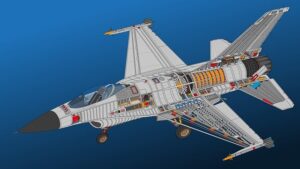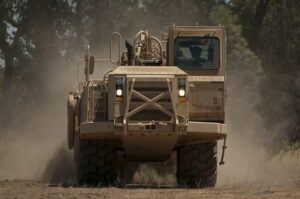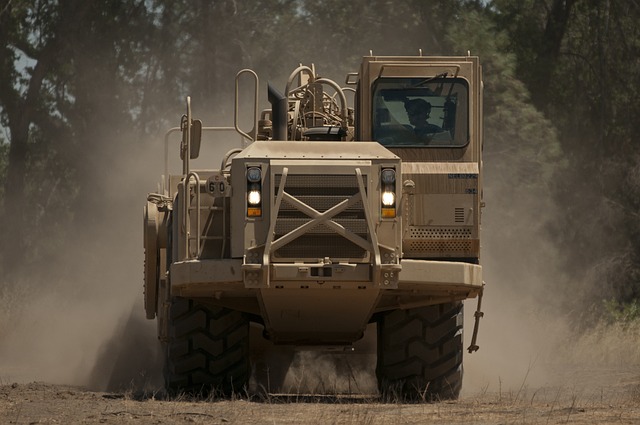
The US Army Flag is a symbol of military service and national pride, distinct from but complementary to the U.S. national flag. It follows specific display protocols as outlined by the U.S. Flag Code, which dictate its respectful handling, including its central and highest position in multi-flag displays, its half-staff position during mourning for military personnel, and its central role on national days of remembrance to honor the Army's bravery and commitment. The flag should be flown from sunrise to sunset, briskly raised and lowered to convey respect, and illuminated at night. It must never touch the ground or fly at half-staff except in mourning, and when tattered or soiled, it should be replaced or disposed of respectfully. In indoor settings, it is displayed behind the speaker during meetings and ceremonies. When displayed alongside other flags, the US Army Flag takes precedence, emphasizing its historical significance and the values it represents. Proper etiquette includes maintaining its correct orientation, ensuring it does not touch the ground, and disposing of it with honor if necessary. These protocols maintain the flag's dignity and uphold the traditions surrounding this iconic symbol within the American military tradition.
The US Army Flag, a symbol of military service and national pride, carries with it profound meaning and a rich history. This article delves into the Flag Code regulations that govern its proper display, ensuring respect for this emblematic banner. We’ll explore its significance within the larger context of American heritage, outline clear protocols for its display, and highlight key practices for handling it with reverence. Whether during everyday presence or on significant national and military occasions, understanding these guidelines is paramount for honorably representing the US Army Flag.
- Understanding the Significance of the US Army Flag within the Flag Code Framework
- Proper Display Protocols for the US Army Flag: A Step-by-Step Guide
- The Do's and Don'ts of Flag Handling: Respecting the US Army Flag
- Special Considerations for Displaying the US Army Flag on National and Military Occasions
Understanding the Significance of the US Army Flag within the Flag Code Framework
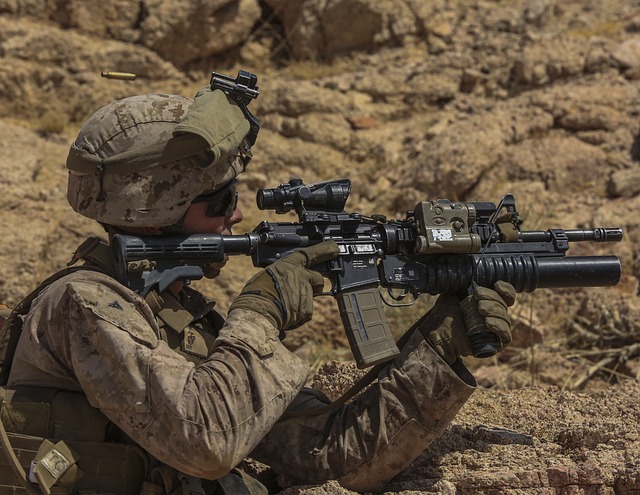
The US Army Flag, a symbol of military service and national pride, holds a special place within the comprehensive guidelines set forth by the United States Flag Code. This emblematic flag, distinct from the U.S. national flag by its white field with an organizing shield and the motto “This We’ll Defend,” carries specific protocols for display to honor its significance. The Flag Code framework outlines respectful handling, hoisting, and lowering procedures that pay tribute to the bravery and commitment embodied by the U.S. Army. It emphasizes the importance of these flags being flown at half-staff as a sign of mourning for fallen soldiers or on national days of remembrance designated for them. Additionally, when displayed with other flags during special events, the US Army Flag is to be placed at the center and highest point to symbolize its preeminent role in America’s military history. Adhering to these protocols not only preserves the dignity and respect associated with the U.S. Army but also serves as a visual reminder of the sacrifices made by those who serve under its emblem. Understanding and applying these regulations ensures that the US Army Flag is displayed in accordance with the deep-seated traditions and respect it deserves within the broader context of American military heritage.
Proper Display Protocols for the US Army Flag: A Step-by-Step Guide
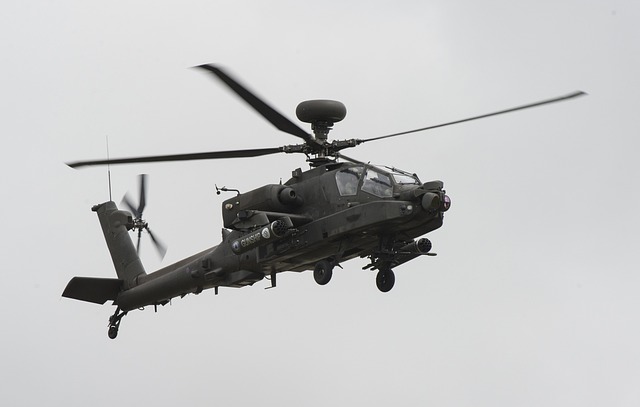
When displaying the US Army Flag with respect and adherence to the Flag Code, it is imperative to follow specific protocols. The flag should be hoisted quickly and loweringly. It must be displayed from sunrise to sunset on buildings and staffed by persons who are able to salute its union when passing in review before the flag of the United States or the State, on days when school is in session, or on days designated as legal holidays. When illuminated at night, the flag should be properly spotlighted and its lighting maintained. The US Army Flag must never be allowed to touch the ground. If the flag becomes soiled or worn, it should be destroyed in a dignified manner, preferably by burning.
For indoor display, the flag may be displayed behind an speaker during meetings and ceremonies. It should be positioned at the speaker’s right, facing the audience. When displayed with other flags both inside and outside of military installations, the US Army Flag should always occupy the position of superior prominence or the position of honor immediately after honoring the U.S. flag. These protocols are not only a mark of respect for the military service members who have defended our nation but also a visual representation of the values and traditions that the US Army upholds.
The Do's and Don'ts of Flag Handling: Respecting the US Army Flag
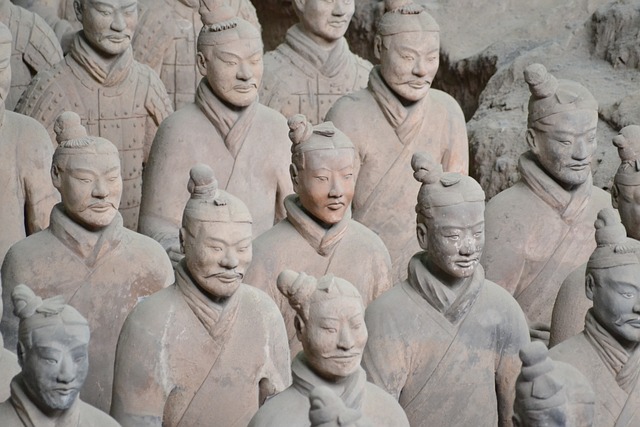
When displaying the US Army Flag, adherence to proper etiquette is paramount in expressing respect and honor for the military branch it represents. The flag should be hoisted quickly and lowered slowly, reflecting the dignity of the service members who have defended our nation. It is important to raise and lower the flag briskly, but not so fast that the flag appears to be flying out of control. At sunrise and sunset, as well as on inclement weather days, the flag should be displayed at half-staff. When the flag is hanging vertically, it should be positioned to the observer’s left; if it is flat against a wall, it should be oriented so that the stars (Union) are uppermost and to the viewer’s left. The US Army Flag must never touch the ground or any object above it. When a flag becomes tattered, worn out, or soiled, it should be destroyed in a dignified manner, typically by burning. In all instances, the US Army Flag should be treated with the utmost respect and reverence, reflecting its symbolic importance to the Army and those who serve. Remember to follow these guidelines to ensure the flag is handled with the honor it deserves.
Special Considerations for Displaying the US Army Flag on National and Military Occasions

When displaying the US Army Flag on national and military occasions, it is imperative to adhere to specific protocols that reflect respect for the flag and its symbolic significance. The US Army Flag, emblematic of the land forces of the United States Army, holds a distinguished place in the nation’s heritage. On such occasions as patriotic holidays like Independence Day or Memorial Day, the Army Flag should be prominently displayed in accordance with the National flag code regulations. It must be lighted at all times from a source within the displaying area and either be illuminated by spotlights or projector lights if the flag is displayed at night outside on a building. When flown with the national flag, or the flags of the Army, Marine Corps, Navy, Air Force, and Coast Guard, in that order, it should be to the left of the national flag, which is always the highest position, reflecting the Army’s role as the founding branch of the U.S. military. Additionally, when the Army Flag is flown with state flags on state property, it takes precedence over them and should be displayed at the full-staff position immediately to the left of the national flag. These considerations ensure that the US Army Flag is displayed with the dignity and respect it deserves during moments of national significance and military commemoration.
In conclusion, adhering to the Flag Code regulations ensures the reverent display of the US Army Flag, a symbol deeply rooted in American military heritage and pride. By understanding the proper protocols outlined in this article, from the significance of its placement to the precise handling during ceremonies, individuals and organizations honor the values it represents. Remembering to follow these guidelines on both everyday occasions and on significant national and military events, we pay tribute to the service and sacrifice of those who have and continue to defend our nation. The US Army Flag stands as a testament to their commitment, and its respectful handling is a duty we all share.





